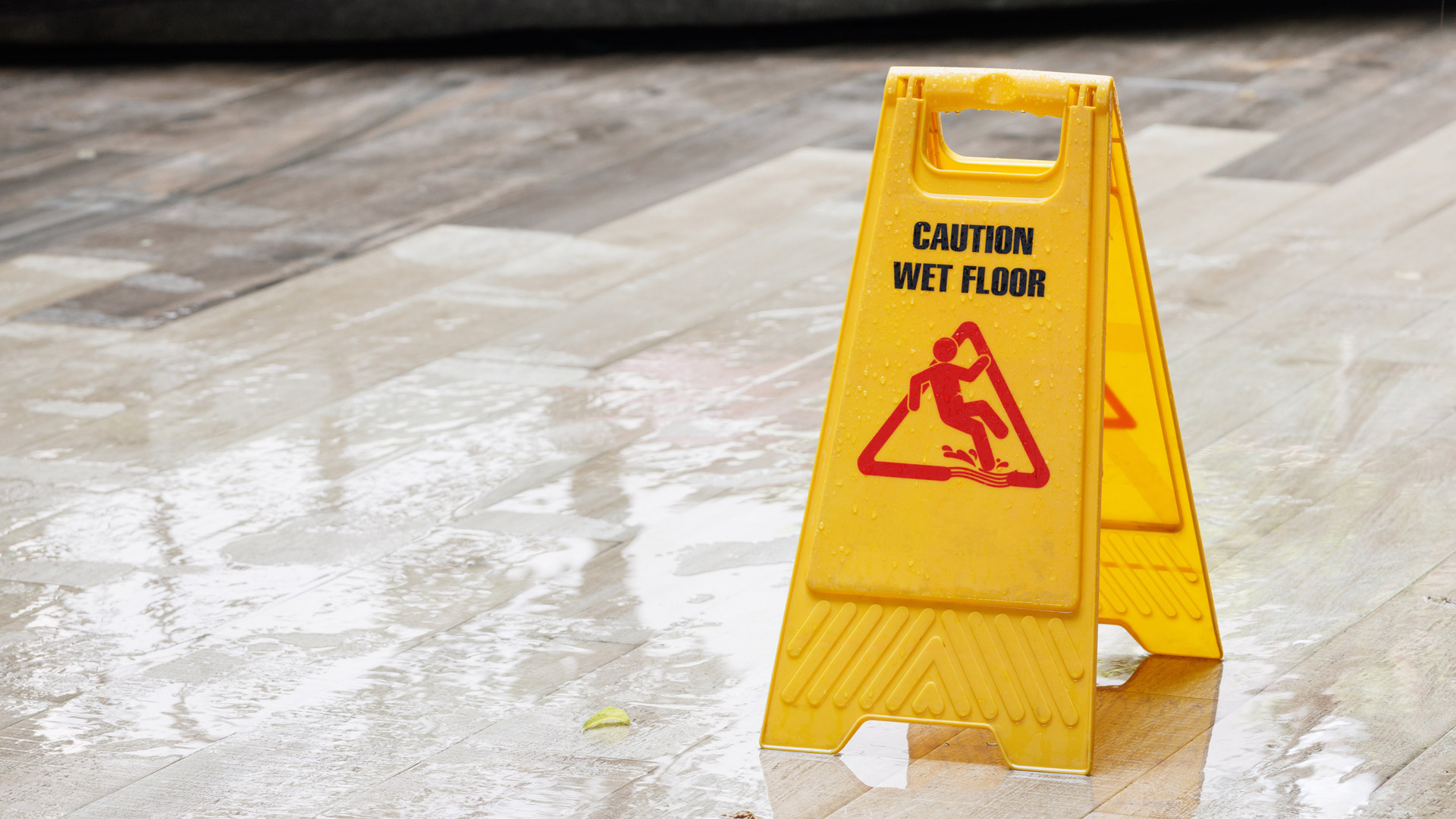Openreach Limited has been fined £1.34 million after an engineer died whilst trying to repair a telephone line.
Alun Owen died after he slipped and fell into the River Aber in Abergwyngregyn and was swept away on 6 October 2020.
An investigation by the Health and Safety Executive (HSE) and North Wales Police, found that a number of Openreach engineers had been attempting to repair the telephone lines, which ran across the river, over a period of two months. They had been working both near and in the river. At the time of the incident, there had been flooding in the area which meant the river was much higher and faster flowing than usual.
Mr Owen entered the water and made his way to an island in the middle of the river in order to try and throw a new telephone cable across to the other side by taping it to a hammer and then throwing the hammer. Whilst attempting to cross the remaining section of the river, he slipped in a deeper part and the force of the river swept him away.
The investigation found that there was no safe system of work in place for work on or near water, nor had Mr Owen – and others working by the river – received training, information or instruction on safe working on or near water.
Working in or near water poses several safety issues for engineers, requiring careful consideration and implementation of safety measures. Here are the primary safety concerns and precautions.
Drowning and water immersion
- Risk: Drowning is a significant hazard when working in or around water.
- Precautions: Provide personal flotation devices (PFDs), ensure workers are trained in swimming and water safety, and have rescue equipment readily available.
Slips, trips, and falls
- Risk: Wet and uneven surfaces can lead to slips, trips, and falls.
- Precautions: Provide slip-resistant footwear, maintain clear walkways, and install handrails where necessary.
Cold water and hypothermia
- Risk: Prolonged exposure to cold water can cause hypothermia.
- Precautions: Provide appropriate thermal protective clothing, limit exposure times, and provide warm-up areas and equipment.
Strong currents and tides
- Risk: Strong currents and tides can sweep workers away.
- Precautions: Monitor water conditions, avoid work during dangerous conditions, and use anchored safety lines.
Underwater hazards
- Risk: Underwater obstacles, debris, and aquatic life can pose dangers.
- Precautions: Conduct underwater surveys, use appropriate diving gear, and ensure divers are adequately trained.
Electrical hazards
- Risk: Working near water with electrical equipment increases the risk of electrocution.
- Precautions: Use ground-fault circuit interrupters (GFCIs), keep electrical equipment away from water, and use waterproof equipment when possible.
Confined spaces
- Risk: Work in submerged or partially submerged confined spaces can lead to entrapment or exposure to hazardous atmospheres.
- Precautions: Follow confined space entry protocols, use gas detectors, and ensure proper ventilation.
Fatigue and dehydration
- Risk: Physical exertion in or around water can lead to fatigue and dehydration.
- Precautions: Ensure adequate hydration, provide rest breaks, and monitor workers for signs of fatigue.
Environmental conditions
- Risk: Extreme weather conditions (e.g., storms, high winds) can create hazardous working environments.
- Precautions: Monitor weather forecasts, suspend work during adverse weather, and provide shelter when necessary.
Marine wildlife
- Risk: Encounters with marine wildlife can be dangerous.
- Precautions: Educate workers on local wildlife, avoid known habitats, and have emergency plans in place for encounters.
Chemical and biological contaminants
- Risk: Water sources may be contaminated with harmful chemicals or biological agents.
- Precautions: Test water quality, use protective clothing, and ensure proper hygiene practices.
Navigation and boating hazards
- Risk: Operating boats or working near boating traffic can lead to collisions or capsizing.
- Precautions: Ensure proper training for boat operators, use navigation aids, and maintain communication with other vessels.
Sun exposure
- Risk: Prolonged exposure to sunlight can cause sunburn or heat-related illnesses.
- Precautions: Provide sunscreen, protective clothing and hats; provide shaded areas; and ensure hydration.
By addressing these safety issues through proper training, use of personal protective equipment (PPE), adherence to safety protocols, and continuous monitoring of environmental conditions, the risks associated with working in or near water can be significantly mitigated.
You might also be interested in
RELATED CONTENT
RELATED COURSES

The Environmental awareness course explores environmental issues and how they relate to business and employee activities.

The Risk Assessment and Method Statement (RAMS) course examines the HSE’s recognised five-step approach to risk assessment.

The Slips, trips and falls course explains the measures that can be implemented to prevent slips, trips and falls in the workplace.

The world’s best-known health and safety certificate, designed for managers and supervisors in any sector or organisation.

We all make assessments many times each day about the potential consequences that may arise from our actions.

With the recent UK heatwave hitting temperatures in excess of 40 degrees Celsius in parts of the UK, workplace and commercial building owners and faci...

The dangers of legionella were thrown into the spotlight when asylum seekers had to be rehomed because traces of legionella bacteria had been found.

Business owners that do not follow government rules to protect staff and customers as the lockdown is eased could find themselves in prison for breaki...